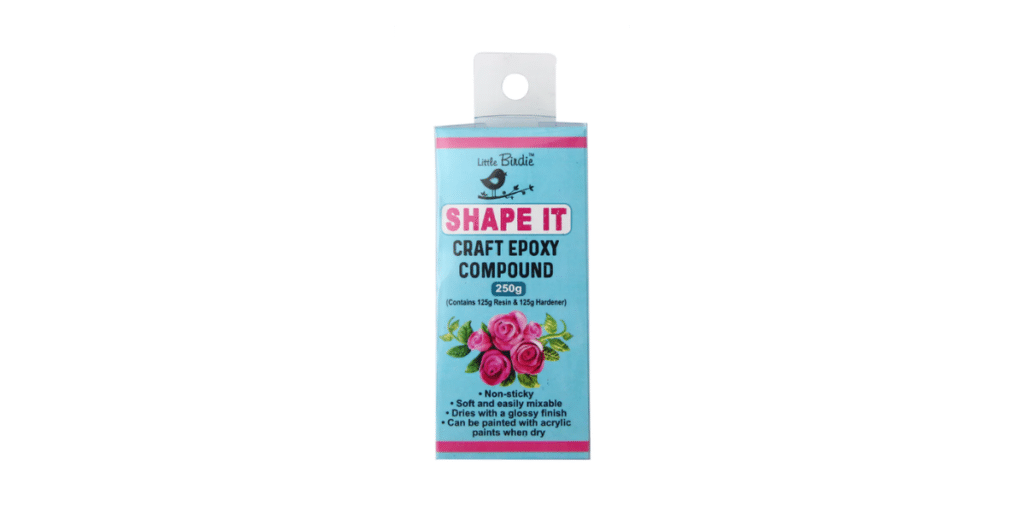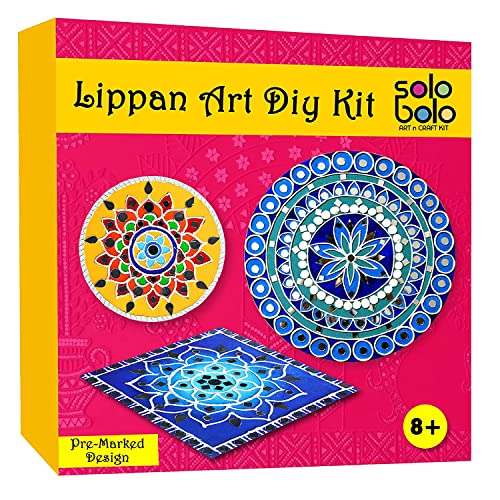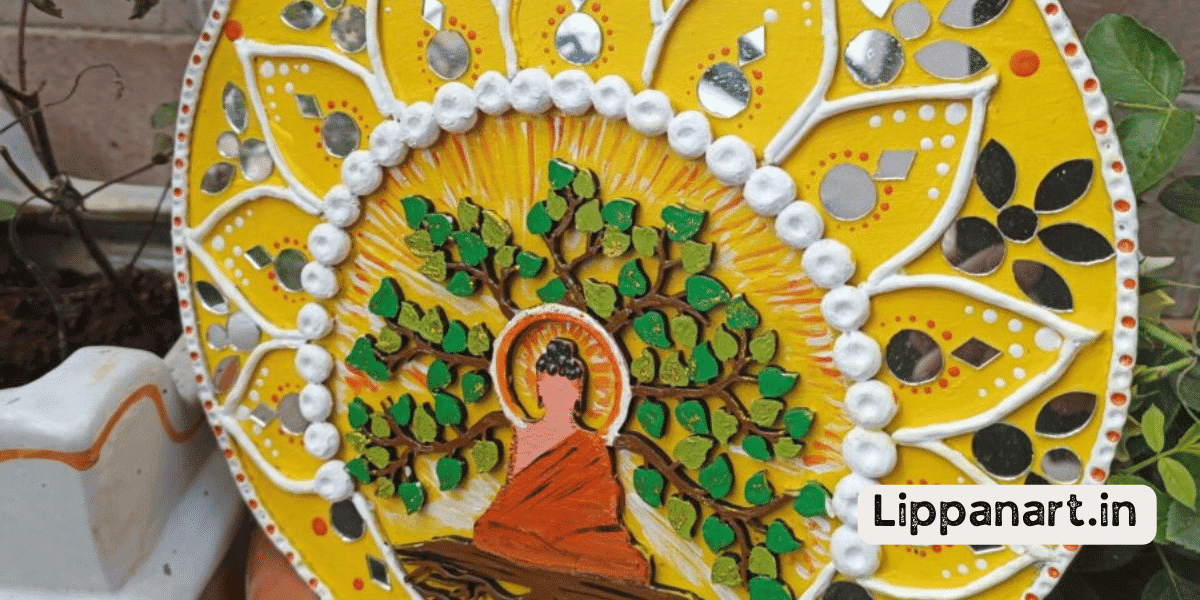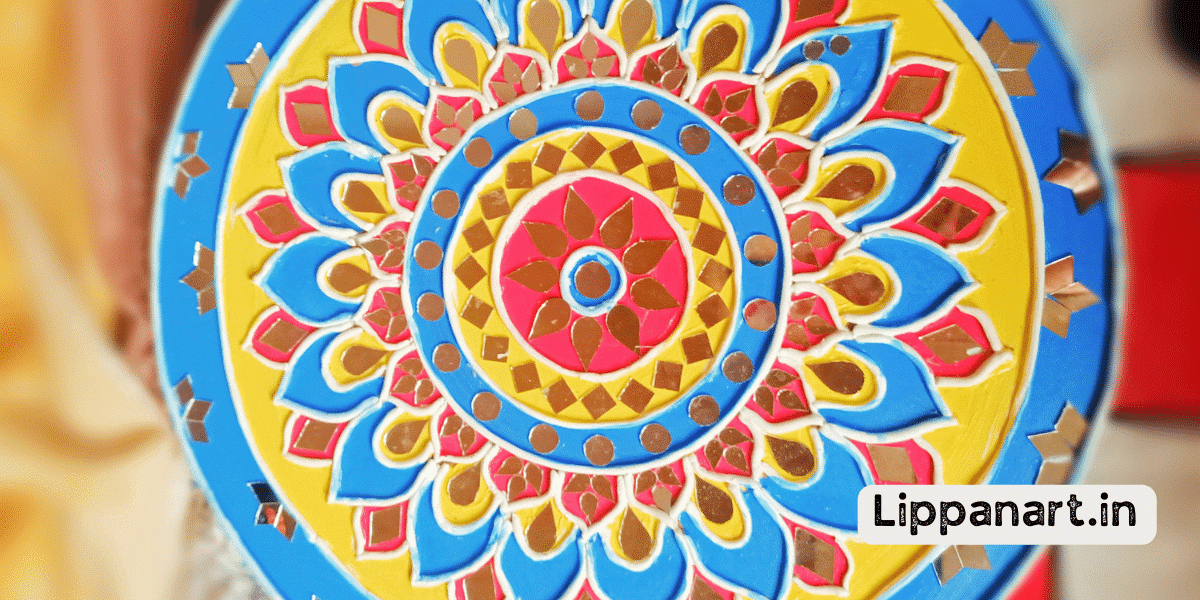Are you at a crossroads, trying to decide between moulded clay and ceramic cone for your lippan art project? You’re not alone! Both materials have pros and cons, and knowing the best choice for your project can take a lot of work. Luckily, you’ve come to the right place.
In this article, we’ll break down the basics of lippan art materials, highlight the advantages and disadvantages of each, and help you make the right decision for your project.
So, buckle up because your creative journey is about to begin!
Understanding the Basics of Lippan Art Materials
Understanding the basics of lippan art materials is critical to creating stunning artwork. Mouldit clay is used for relief designs and shaping, while ceramic cones create raised dots. Exploring lippan art techniques is essential for understanding the unique qualities of both materials. Comparing different types of air dry clay, mould clay is primarily used for shaping and relief designs, while ceramic cones are the critical tool for creating raised dots. The significance of raised dots should be highlighted as they bring life to the artwork with their natural terracotta tones, making lippan art so beautiful. You can craft creative and innovative lippan art pieces with the proper knowledge and materials.
Advantages of Using Mouldit
Comparing the two materials, mould has several advantages over ceramic, making it an ideal choice for creating intricate designs in lippan art. The most notable pro of moulded clay is its ease of use, as it can be shaped and moulded by hand without firing in a kiln. This makes it perfect for applications such as creating relief designs and patterns on the surface of lippan art pieces.
It also allows various techniques such as sculpting, embossing, and more to create unique textured designs. Additionally, mould clay is lightweight and easily transportable, making it ideal for creating art on the go.
All in all, mould it clay offers many possibilities for crafting creative and innovative lippan art pieces.

Disadvantages of Using Mouldit
While mould clay offers many advantages, some drawbacks should be considered before using it in lippan art. Alternatives to mould, such as ceramic cones, can provide additional texture and stability to the artwork. Additionally, mould clay has a limited range of colours, limiting the artist’s ability to create vibrant, colourful pieces. Furthermore, moulded clay is not as durable as other materials when exposed to moisture, sunlight, or other elements, so it must be protected and handled carefully.
Exploring different materials can open up creative possibilities and allow for more intricate designs. While mould clay is an excellent option for creating basic relief designs, there may be better choices for more advanced projects. It is important to weigh the advantages and disadvantages of each material before making a final decision.
- Editor’s Choice
- Best Seller
- Amazon Choice
Benefits of Opting for Ceramic Cone
Despite their differences, opting for ceramic cones instead of moulded clay can offer many benefits in lippan art. Ceramic cones are an ideal tool for creating the raised dots that characterize this art form, and they can help to explore alternative materials for creating unique effects.
Creating the dots is easy and relatively quick, and the finished product can be left uncoloured to showcase the natural terracotta tones. Further, ceramic cones can be combined with other materials to create intricate designs and patterns.
The technique for using ceramic cones effectively requires some practice, but it can be mastered with time and effort. Additionally, these cones are more durable than moulded clay and can be reused multiple times. These items can be stored longer without losing shape or texture. This makes them an excellent option for those who wish to explore lippan art as a hobby or profession.
In conclusion, ceramic cones offer many advantages in lippan art, making them an excellent choice for those looking for a versatile material to use in their artwork. With careful use and practice, ceramic cones can create stunning pieces that capture the beauty and tradition of lippan art.
Drawbacks of Ceramic Cone
Despite the many benefits of using ceramic cones in lippan art, some drawbacks exist before opting for this material. The main disadvantages of ceramic cones are the time and effort required to make them, their fragility, and the need for creative control.
| Disadvantages | Limitations | Challenges |
|---|---|---|
| Time & Effort | Fragility | Creative Control |
| Cost | Accessibility | Inconsistency |
Creating ceramic cones can be laborious, often requiring much time and effort to craft each one. They are also more expensive than other materials, making them less accessible to many artists. Furthermore, ceramic cones can be quite fragile, making it difficult to achieve consistent results. Finally, the lack of creative control can be challenging when using ceramic cones, as achieving precise shapes and sizes is challenging.
Innovation is vital when creating lippan art, and ceramic cones may only sometimes be the best option for those seeking creative freedom. However, for those willing to invest time and effort, ceramic cones can be an excellent material for achieving unique and intricate designs.

Making the Right Choice for Your Project
Choosing the suitable material for a lippan art project is essential, as it can significantly impact the result. Mouldit clay and ceramic cones are two of the most popular materials used in lippan art, each with advantages and drawbacks.
Exploring alternative materials, such as polymer clay and fabric, can also be a great way to add a unique touch to your artwork. When considering which material is best for your project, it’s essential to consider the importance of materials in lippan art, the cost, the time it takes to complete the project, and the desired result.
For instance, if you’re looking for a more traditional lippan art look, moulded clay may be a good option, as it can help to achieve intricate relief designs. Alternatively, polymer clay or fabric could be a great choice if you want to experiment with a more modern approach.
In the end, the ideal material for your lippan art project will vary based on your individual requirements and personal preferences.
Frequently Asked Questions
What other materials are used in lippan art?
Discover the creative possibilities of lippan art! From dyeing techniques to intricate designs, explore the artistic expression of Indian culture and unlock new possibilities with innovative materials.
Are there any safety considerations when using moulded clay or ceramic cones?
When using materials for lippan art, consider non-toxic alternatives and environmental impacts. Skilled techniques can help ensure safety. Innovate with care and research for better results.
Are any special tools required for working with moulded clay or ceramic cones?
When working with moulded clay or ceramic cones, you’ll need special tools for stain techniques, firing temperatures, and mixing methods. Experiment with new ideas to create innovative lippan art!
Is combining moulded clay and ceramic cones in the same artwork possible?
Yes! Combining moulded clay and ceramic cones in artwork opens up exciting possibilities; you can explore mixing techniques, colour experiments, and texture variations. Experiment with these materials to create innovative works of art!
How easy is it to find mould clay or ceramic cones for purchase?
Comparing prices and pros, moulded clay offers convenience and versatility, while ceramic cones provide unique texture and results. With innovation in mind, finding materials online and in stores is easy.















Leave a Reply